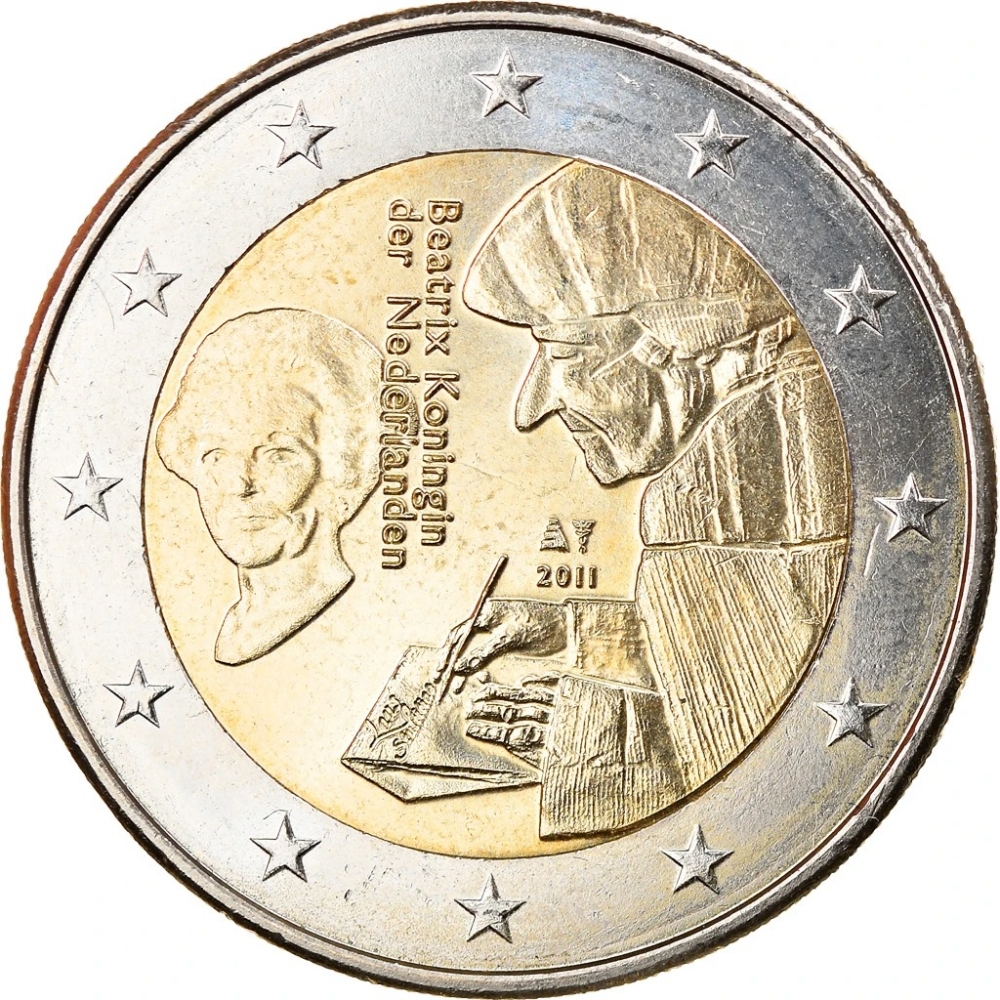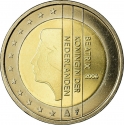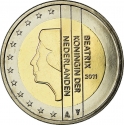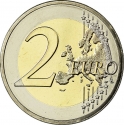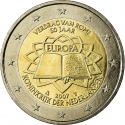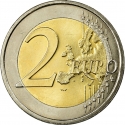You are about to finish your registration. Please check your mailbox (including spam folder). There should be a letter with a confirmation link. Check setting to make sure that your e-mail address is correct.
Send letter againDescription
Desiderius Erasmus Roterodamus (1466–1536), known as Erasmus or Erasmus of Rotterdam, was a Netherlandish Renaissance humanist, Catholic priest, social critic, teacher, and theologian.
In Praise of Folly (sometimes translated as In Praise of More) is an essay written in Latin in 1509 by Desiderius Erasmus of Rotterdam and first printed in 1511. Inspired by Italian humanist Faustino Perisauli's De Triumpho Stultitiae, it is a satirical attack on superstitions and other traditions of European society as well as on the western Church.
Erasmus revised and extended the work, which he originally wrote in the space of a week while sojourning with Sir Thomas More at More's estate in Bucklersbury. In Praise of Folly is considered one of the most notable works of the Renaissance and played an important role in the beginnings of the Protestant Reformation.
Obverse

|
Depicts Erasmus writing his book and the effigy of Beatrix of the Netherlands. Between these two images, the inscription Beatrix Queen of Netherlands, the year mark, the mint master mark and the mintmark appear. The outer ring contains the twelve stars of the European Union. Beatrix Koningin der Nederlanden |
|---|---|
Reverse

|
A geographical map of Western Europe spans the outer ring and inner core on the right side of the coin. The inscription 2 EURO is superimposed over the map of Europe, with the numeral “2” located in an open field representing the eastern Atlantic Ocean. 2 EURO |
| Edge |
GOD BE WITH US in Dutch. The same lettering had been applied to the larger denomination guilder coins GOD ★ ZIJ ★ MET ★ ONS ★ |
2 Euro
500th Anniversary of 'In Praise of Folly' by Erasmus
KM# 303 Schön# 181
500th Anniversary of 'In Praise of Folly' by Erasmus
Swap now (2 offers)
Characteristics
| Type | Commemorative Issue (Circulating) |
| Material | Bi-Metallic |
| Ring | Cupronickel |
| Center | Nickel Brass |
| Weight | 8.5 g |
| Diameter | 25.75 mm |
| Thickness | 2.2 mm |
| Shape |
|
| Alignment | Medal |
| Mint |
Royal Dutch Mint (KNM)
|
